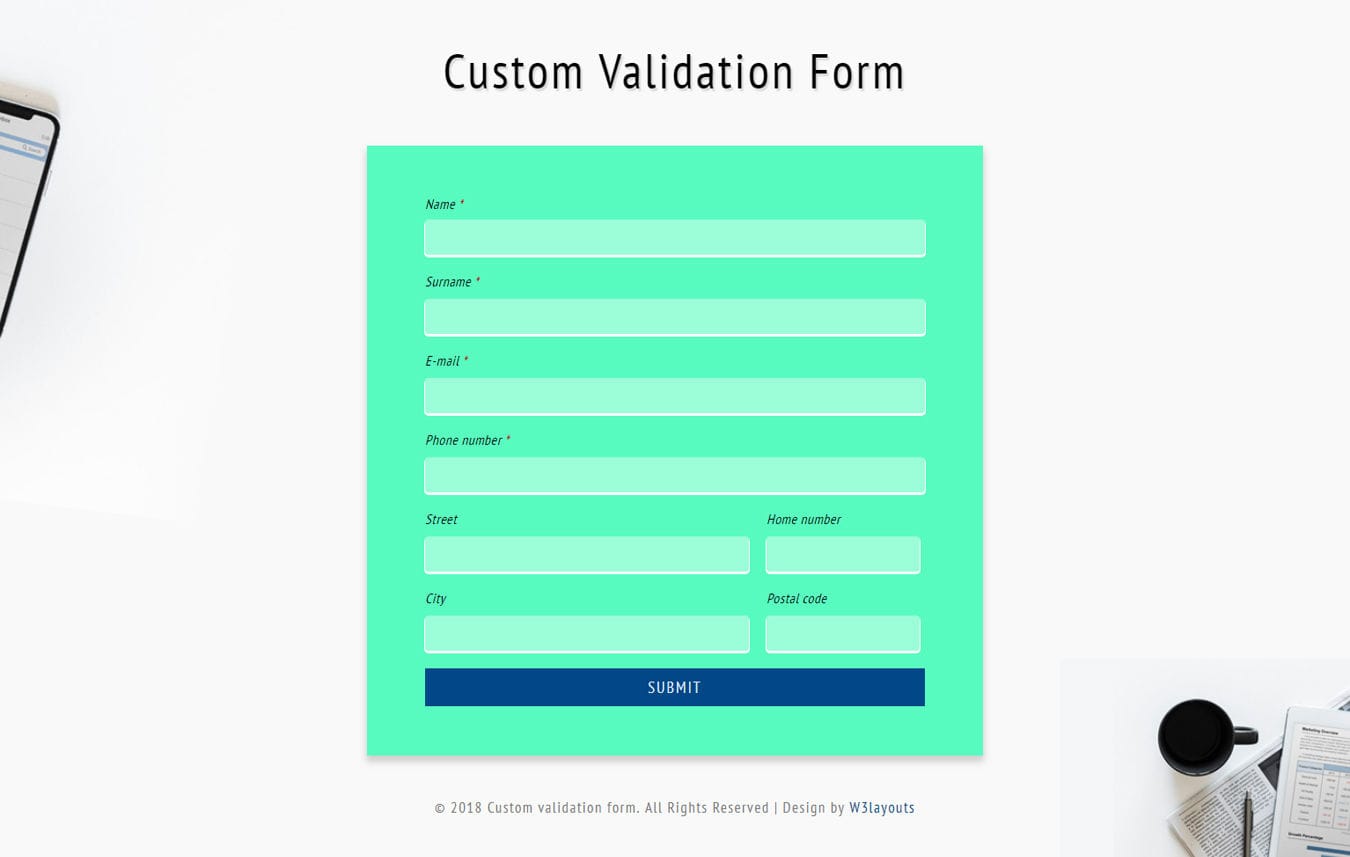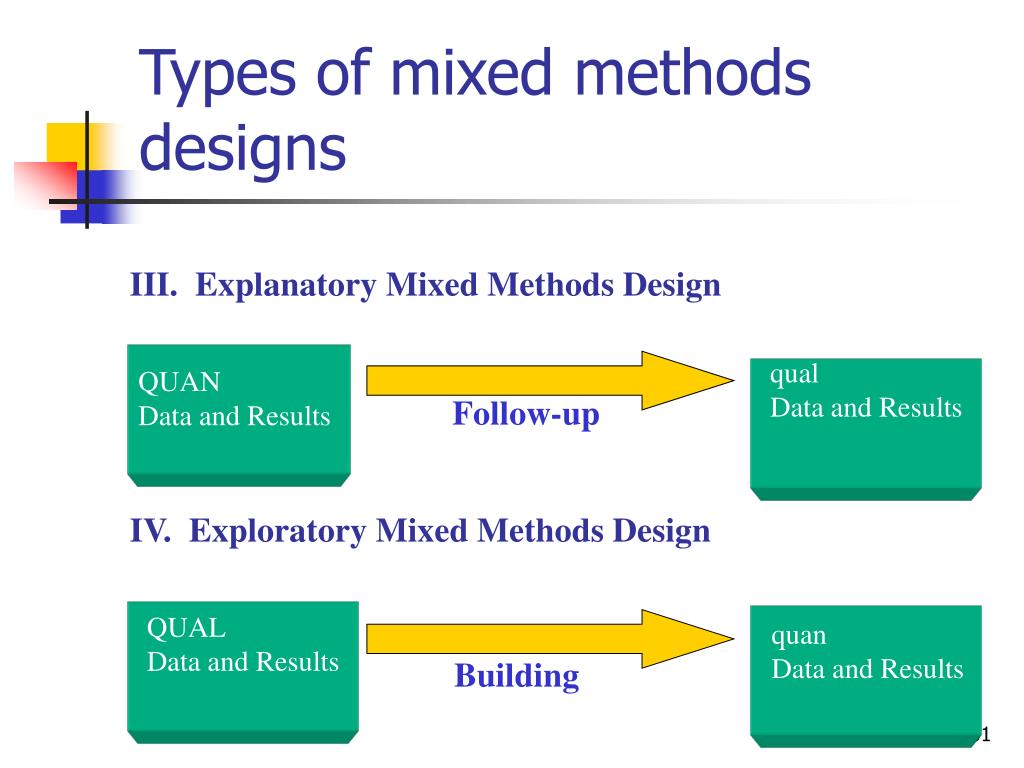Table Of Content
- Use design testing to prioritize brilliantly
- Stay On Top Of Branding & Digital Trends
- What Is Design Verification for FDA?
- Plaschke: Enough is enough. Give Reggie Bush back his Heisman Trophy
- Design Verification and Design Validation: What's the Difference?
- Previous PostNew Draft Guidance: How It Affects FDA 510(k) Submissions
- A/B Testing

This includes conducting clinical studies, usability testing, and post-market surveillance to gather real-world data on the device’s performance, safety, and user satisfaction. It is worth noting that validation activities play a crucial role in the overall product development lifecycle. They provide valuable insights into the performance and usability of the devices, identify potential risks or shortcomings, and validate that the devices meet the specified requirements and user needs. This includes evaluating the devices’ functionality, performance, safety, and overall quality. By conducting design verification activities across multiple layers of the design process, organizations can effectively mitigate risks and ensure that the final design meets the desired objectives and requirements.
Use design testing to prioritize brilliantly
Our team delivered a custom website design and reinvigorated brand identity to enhance Buddha Brands’ online offering. Our design team delivered a UI/UX-optimized website design with tailor-made interactive features for EV Universe. From brand strategy to design and launch, we supported SNP Therapeutics in launching Genate, a pre-natal nutrition product. Our designers will analyze, implement and maintain a packaging design strategy to help your product sell. Enhance brand authority and credibility with designs that speak to your target audience on multiple touchpoints. Join our newsletter to stay up to date with the latest news resources to help you navigate through the autonomous manufacturing process.
Stay On Top Of Branding & Digital Trends

Check out the design validation plan and report example from this link to understand what the DVP&R may look like. During data analysis, you will uncover real insights about the product by meticulously reviewing the collected data. While analysing the data, watch out for discrepancies and other areas that need further investigation. Design input is any physical and performance requirement that is used as the basis for designing purpose. Design output is the result of each design phase and at the end of total design effort. Validation is concerned with demonstrating the consistency and completeness of design with respect to the user needs.
What Is Design Verification for FDA?
The PVT build is the last chance for a company to tweak the production process. It is sometimes stage-gated in terms of a red, orange, and green state, based on success according to key production metrics. All in all, the objective of the prototyping stage is to create an engineering prototype that works like and looks like the final product. This stage needs to prove that the technology used meets the customer’s needs, that it is feasible to manufacture, and that the product will function as intended. Once these are confirmed, the goal of the subsequent validation stages is to ensure that the product can be manufactured consistently at scale.
Plaschke: Enough is enough. Give Reggie Bush back his Heisman Trophy
Resources that you might need for your design validation include analytic tools or even peers. Recruiting participants can also be tricky so factor that in when allocating money and time to your design validation project. Depending on your chosen methodology you might need to create some usability testing scripts and scenarios. For instance, in our user testing example when testing the abandoned cart, we would need to create a detailed scenario asking the users to perform tasks within the checkout process.
Design Verification and Design Validation: What's the Difference?
This case study is an excellent example of how conducting design validation can help teams understand where gaps may exist in their current understanding and identify areas of opportunity. Verifying your designs can be thought of as testing the solution to identify whether it sufficiently solves the right problem. Verification can also include ensuring that the product implemented in the code aligns with the specified designs.
This method is best used when you want to get insights about the overall user experience and pinpoint areas of improvement. Design validation and design verification are two terms that are often confused. While design validation is all about making sure that the design is in line with the needs of the users and the business, design verification ensures that the design behaves as expected. Without conducting a design validation you will never know if your design aligns with the user needs and the business goals. If you decide to skip the design validation stage and jump straight to development you are at high risk of developing a product that will fail to serve your users.
Software development - Regulatory Focus
Software development.
Posted: Tue, 22 Aug 2023 17:13:01 GMT [source]
Skipping the design validation stage can hurt your UX design process and hence your final design outcome. It is worth noting that design verification and validation are iterative processes that should be performed in conjunction with other design control activities. Manufacturers should document and maintain a comprehensive Design History File (DHF) that includes evidence of both verification and validation activities, along with other design control records. The DVT phase aims to produce prototypes with full functionality using processes designed for mass production. These prototypes can be used for certification and identification of potential problems that need resolving before producing the final product at the end of this stage. The product developed at this stage is used for lab-based user testing by a group of lead users.
Formulating a Design Validation Plan
He also served in various project management roles and has led global, cross-functional development teams for a wide variety of programs. During this time, he developed several award-winning and patented product designs. Greg holds bachelor and master of science degrees in mechanical engineering from the Georgia Institute of Technology. As with verification, always establish acceptance criteria (subjective or objective) before tests begin. Finally, remember that final design validation should follow successful final design verification; not come before it.
Your graphic designs are the face of your brand, they need to grab attention and develop empathy in a short time period.Focus on the quality of your graphic designs by aiming for clean, sleek and identifiable visuals. Of course, some roles will take more ownership in running the process. But make sure you collaborate to design effective testing that answers all your questions.
Rudimentary working versions of the electronics are included in the form of hardware development kits, Arduino, or Raspberry Pi constructions. At first, proof of concept (POC) prototypes are used for the initial test of an idea, method, or product to show its potential and feasibility in real-world settings. These concepts are later converted into prototypes, which are working models of a product showing exactly how the product will function in terms of mechanics, design, user experience, and so on.
Skipping design validations can lead to a greater misalignment between the business’s strategic needs and the direction of the product. Without design validation, there is a great risk of the design failing to tick key business objectives which can harm the success of the product. From wholesale corporate redesigns to individual graphic design projects, our team create and follow a plan that ensures consistent messaging and visuals. The home of Hollywood and its stars, it takes some doing to stand out from the crowd in the City of Angels.But LA isn’t only known for movies and celebrities, it also has a strong business core. Unlike EVT, which focuses on the architectural level of the manufacturing, the DVT level aims at getting all the details right as the manufacturing nears mass production.
Design validation involves testing a product to meet the users’ precise requirements. Many industries use design verification and validation, from software to medicine. Basically, in design validation, we need to demonstrate that the product meets the user’s needs. Design validation is a testing process by which you prove (“validate”) that the device you’ve built works for the end user as intended.
Product requirements (often included in a product requirements document) for our user need might look like below. Design verification is where you test (“verify”) that your design outputs match your design inputs. Before that, let’s examine our user need and see what design validation test cases might be required. You can counter the challenges of analytical testing through benchmarking. Benchmarks are simply a product’s industry standards for the various metrics of a product. If the targeted metrics match the industry standards, then you can conclude that your product design is good.
Leadership responds to business impact, so the team also made a business case for why addressing these user needs would be beneficial to Airbnb’s growth. By improving the platform to include the needs of marginalized users, the company could benefit from the resulting additional business. From their research, they conducted user interviews by first screening candidates to ensure that they were targeting the right demographic. Through these interviews, they uncovered insights about the behavior of marginalized users when using the platform.
The documentation should highlight the objectives to be met, team members and their roles, validation methods used, and schedules among other crucial details. The document is a roadmap and reference point during the validation process. A properly crafted DVP has clearly described phases that show what needs to be done. These stages are not merely a checklist of tasks but rather a strategic process that implants confidence in the design and product created. Heuristic evaluation is another useful method when it comes to conducting design validation. Heuristic evaluations are a great way to assess your design against established usability heuristics and uncover issues that might cause friction for our users.

No comments:
Post a Comment